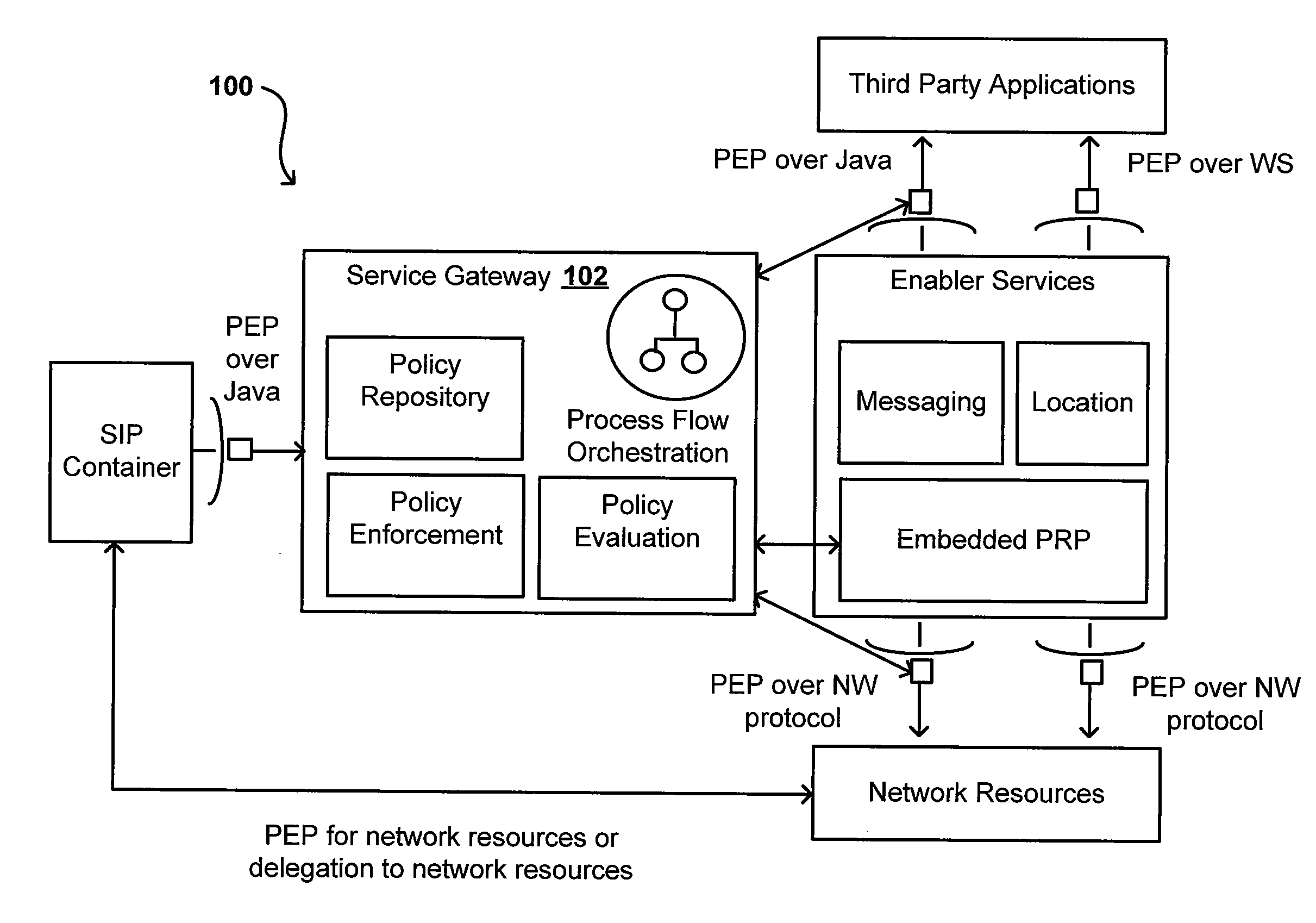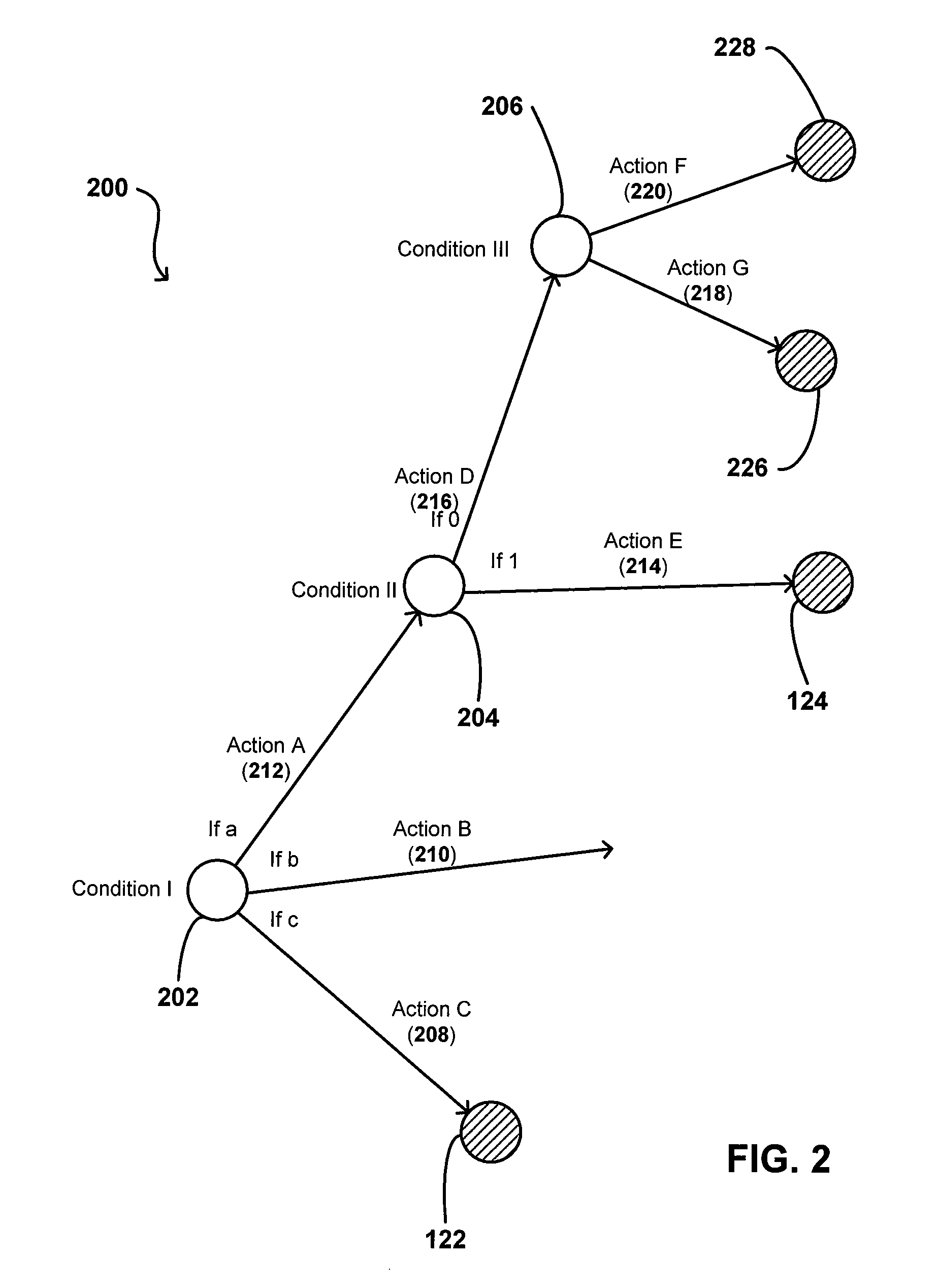Orchestration of policy engines and format technologies
a technology of policy engine and format technology, applied in the direction of knowledge representation, instruments, computing models, etc., can solve the problems of limited ability to develop rich and flexible expressions, restricting the functionality of typical implementation of a policy as a rule set, and not providing the desired combination of any condition with any action
- Summary
- Abstract
- Description
- Claims
- Application Information
AI Technical Summary
Benefits of technology
Problems solved by technology
Method used
Image
Examples
Embodiment Construction
[0031] Systems and methods in accordance with various embodiments of the present invention can overcome the aforementioned and other deficiencies in existing policy evaluation and enforcement systems by providing a uniform platform for handling the evaluation and enforcement of policies across disparate systems and levels. In one embodiment, multiple engines and / or execution environments can be orchestrated to evaluate and enforce portions of a policy, such as to increase the efficiency or flexibility of the evaluation. In another embodiment, a common language can be provided to represent policies, allowing for the mixing and / or co-existence of multiple languages, such as flow and rule set languages. These embodiments can thus provide a common framework and / or management environment for policies. The policies then can be modeled with one framework, using a combination of languages and / or engines, and viewed using a single tool. And engine used for evaluating a policy also can delega...
PUM
 Login to View More
Login to View More Abstract
Description
Claims
Application Information
 Login to View More
Login to View More - R&D
- Intellectual Property
- Life Sciences
- Materials
- Tech Scout
- Unparalleled Data Quality
- Higher Quality Content
- 60% Fewer Hallucinations
Browse by: Latest US Patents, China's latest patents, Technical Efficacy Thesaurus, Application Domain, Technology Topic, Popular Technical Reports.
© 2025 PatSnap. All rights reserved.Legal|Privacy policy|Modern Slavery Act Transparency Statement|Sitemap|About US| Contact US: help@patsnap.com



